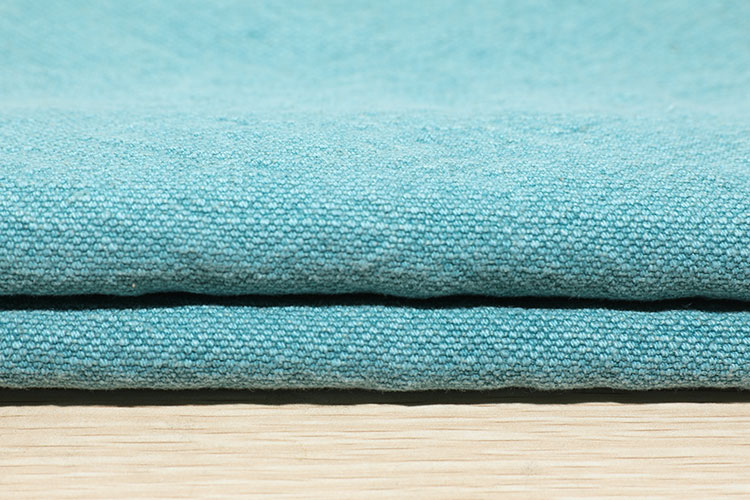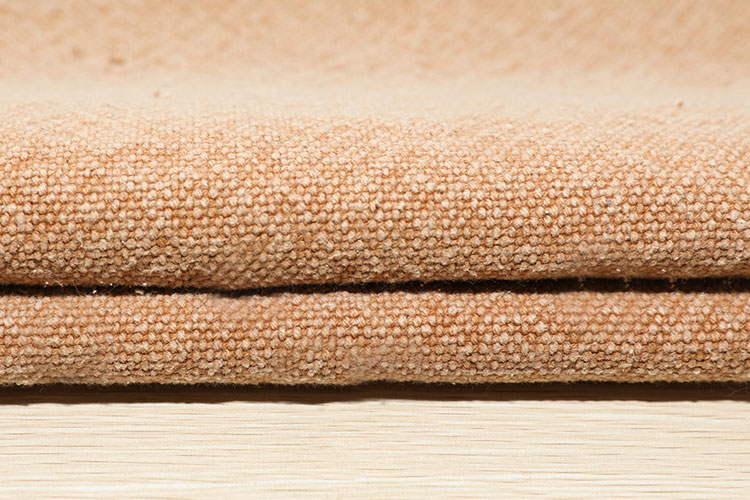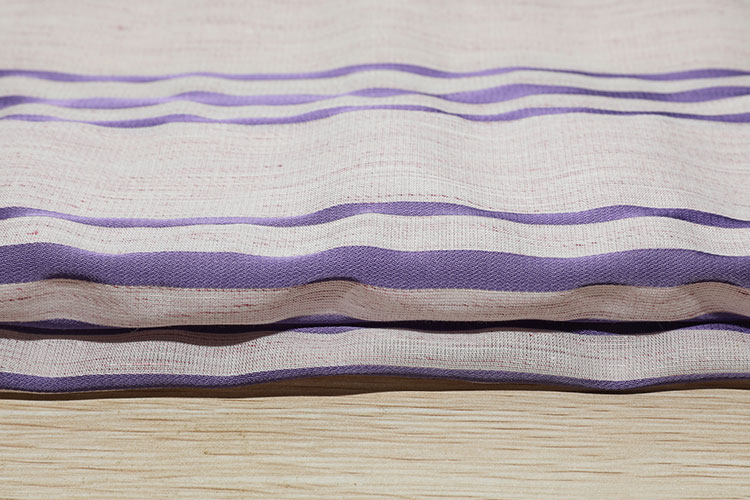The main component of wool is keratin, which is composed of a variety of α-amino acid residue groups which can be linked into long chain molecules in the form of spirals containing carboxyl groups, amine groups and hydroxyl groups, which form salt and hydrogen bonds between molecules. The long chains are linked to each other by cross bonds formed by disulfide bonds of cystine. The above chemical structure determines the properties of wool. If the long chain of the wool fiber is stretched by external forces, the transition from α-helical to β-extended, and then back to α-extended after the external forces are removed, the appearance of wool is characterized by excellent elongation and deformation and resilience. Wool's ability to absorb moisture is related to some groups in the long chain. Wool is more resistant to acids than to alkalis because alkalis can easily damage the disulfide groups in wool cystine, which can damage the wool. Oxidizing agents can also damage wool by destroying the disulfide groups.
The physical properties of wool are fineness, length, bending, strength and elongation, elasticity, felting, moisture absorption, color and luster. Fineness is an important process characteristic to determine the quality and value of the wool fiber, and is expressed in terms of the diameter of the fiber in microns or quality counts; the smaller the fineness the higher the count the finer the wool yarn spun. Length includes natural length and elongation length, the former is the straight line distance between the ends of the wool bundle, the latter is the length measured by straightening the fiber. The elongation of fine wool is above 20%, and semi-fine wool is about 10-20%. In the case of the same fineness, the longer the wool, the higher the spinning performance and the better the quality of the finished product. Bending is widely used as a basis for evaluating the quality of wool, bending the shape of the wool neat and consistent, spinning wool yarn and products feel soft, elasticity and warmth. Fine wool has a large number of bends and a high density, while coarse wool has a waveform or spreading hair without bends. Strength has a direct impact on the sturdiness of the finished product. Strength refers to the stress of the wool on fracture; elongation refers to the increase in length due to fracture forces. The breaking strength of various types of wool varies considerably.
The fineness of the same type of wool is directly proportional to its strength, with the coarser the wool, the greater its strength. The more developed the medulla of a medullary wool, the worse its resistance to breakage. The elongation of wool is generally 20 to 50%. It is an indispensable characteristic of wool for carpets and rugs, as it allows the product to maintain its original shape. Wool is generally good at felting and moisture absorption. The luster is often related to the state of the scales on the fiber surface, with the fine wool reflecting light weakly and with a softer luster; the coarse wool has a strong and shiny luster. Weak luster is often caused by damage to the scale layer.



 English
English Chinese
Chinese




 +86-573-81880066
+86-573-81880066 +86-13666752302
+86-13666752302 enbo_dong@126.com
enbo_dong@126.com